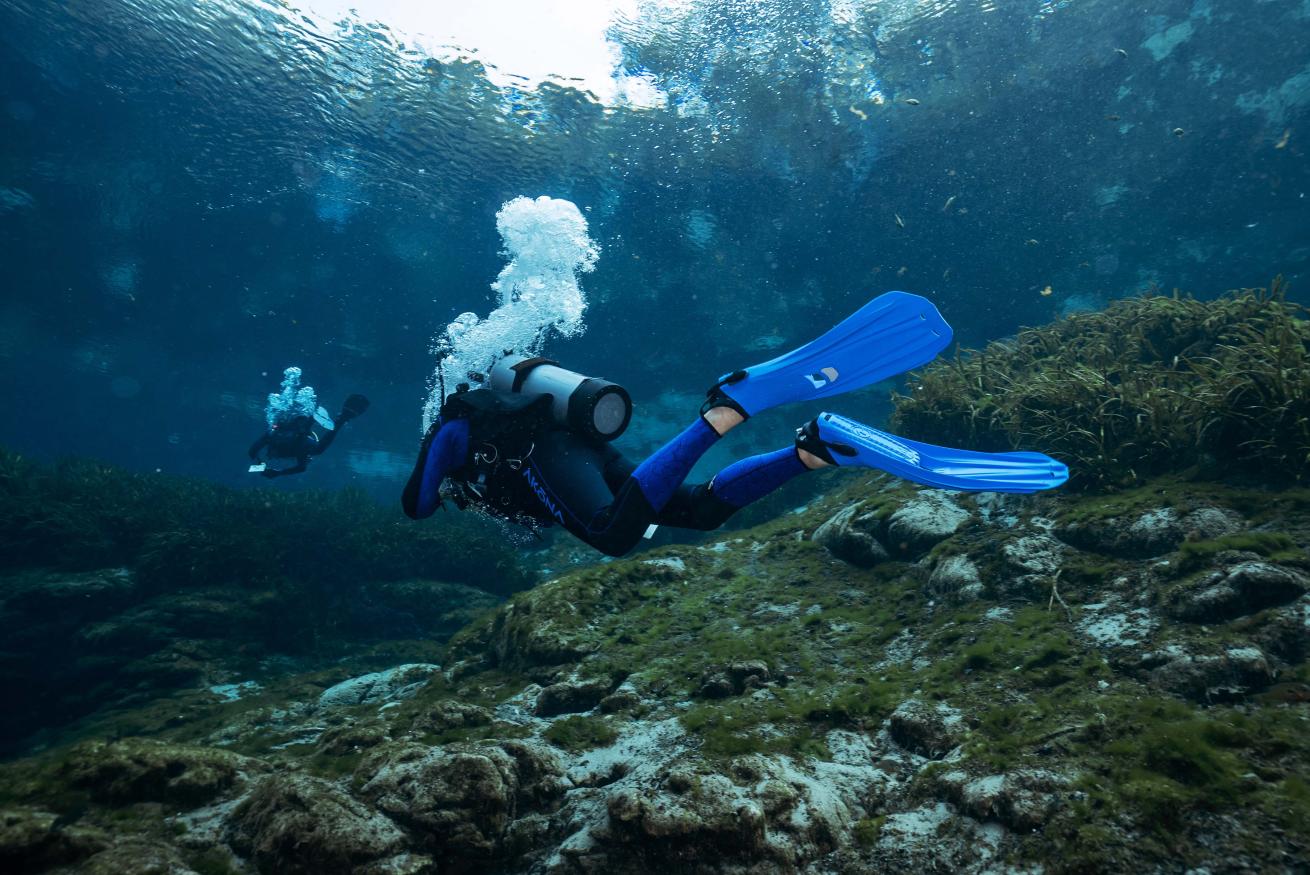
How Much is a Small Diving Tank丨New, Used & Rental Costs
Globally, over 30% of recreational divers turn to the second-hand cylinder market annually due to cost considerations, but safety variables hide behind the low prices. Taking the mainstream 12L alu...
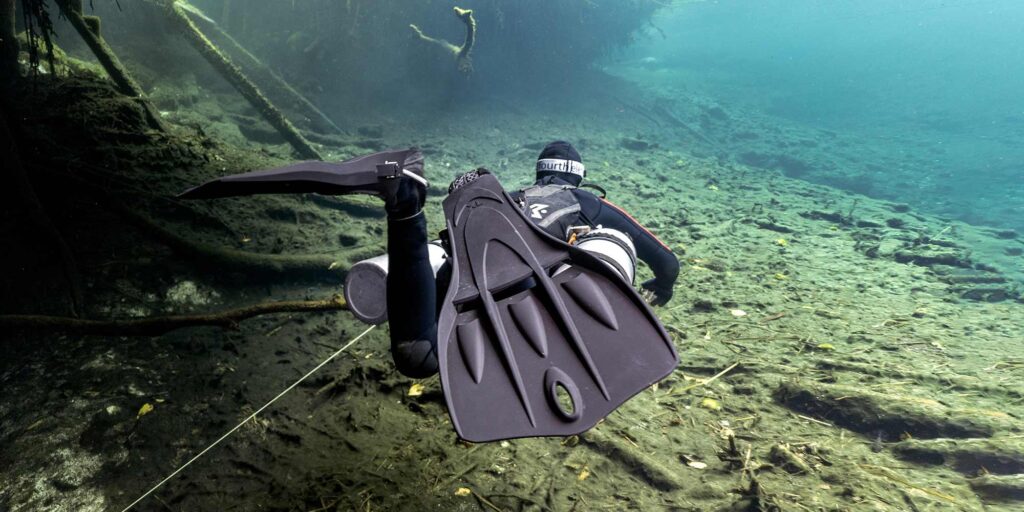
How to Choose the Right Scuba Diver Fins丨A Comparison of Styles and Materials
Over 80% of the global diving fin market is dominated by four main materials, with performance differences directly determining diving efficiency. Rubber material, with an elastic modulus of 0.8-1....
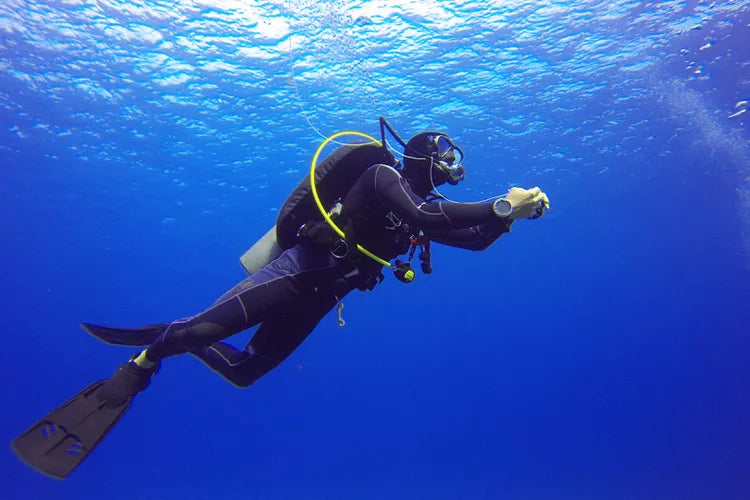
Small Diving Tank Valve Types丨K-Valve, DIN, and Pro Valve Explained
Small diving cylinder valves are distinguished by core differences: K-Valve (single/dual gauge residual pressure error ≤2bar, vent button torque 0.8-1.2N·m), DIN (M25×2 tapered thread seal, pressur...
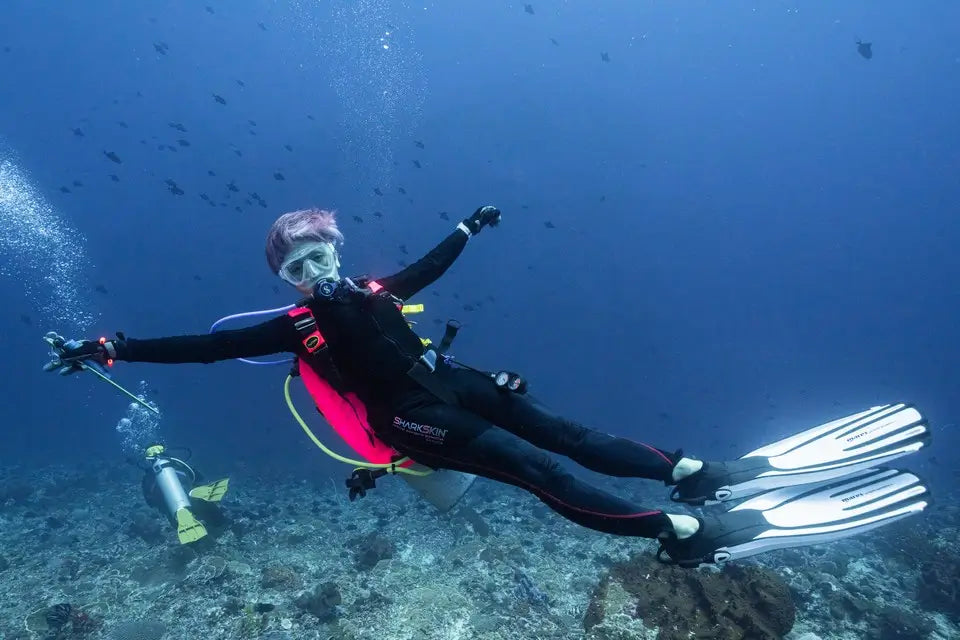
Advanced Scuba Diver Techniques丨Mastering Buoyancy, Navigation & Photography
Buoyancy determines diving success—statistics show 80% of beginner divers consume 30% more air due to uncontrolled buoyancy, and it causes 72% of coral reef bottom-contact damage. For every 10 mete...

Steel Scuba Tanks: A Complete Guide to Types, Buoyancy & Maintenance (2025)
Steel scuba tanks are divided into HP High-Pressure Tanks (working pressure 200-300bar, e.g., a 300bar/12L tank stores 3600L of air) and LP Low-Pressure Tanks (150-200bar, suitable for beginners). ...
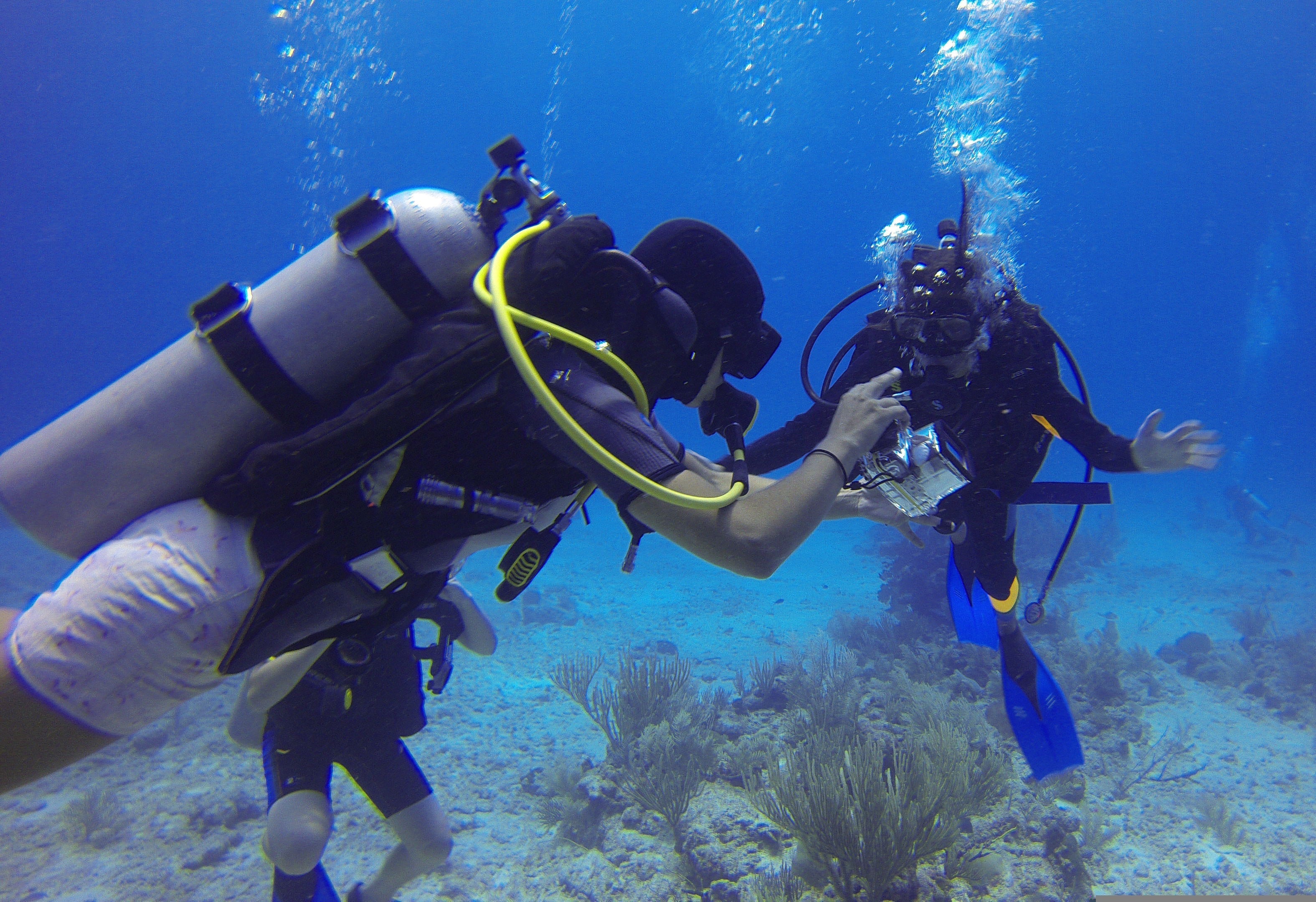
How to Choose a Refillable Mini Scuba Tank: lungs vs. Spare Air vs. Pony Bottles
Selecting an inflatable mini scuba tank requires considering capacity, pressure, and use scenario: Lung-powered breathing tanks mostly have small capacities of 0.5-1 liters, are manually inflated, ...